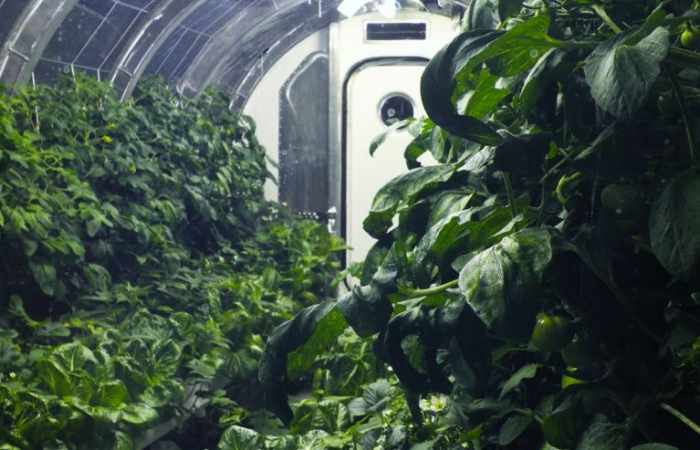The greenhouse prototype was built as a "bioregenerative life support system" -- meaning it recycles air, waste, and water. As astronauts breathe out, they release carbon dioxide, which the plants use to generate oxygen through photosynthesis. Water flows through the roots and back to a storage tank where it's oxygenated and fortified in a constant cycle. To avoid radiation, the greenhouses would likely be buried under soil, and so would require an artificial light source.
"We're mimicking what the plants would have if they were on Earth and make use of these processes for life support," Gene Giacomelli, director of the Controlled Environment Agriculture Center at the University of Arizona, said in a statement to NASA. "The entire system of the lunar greenhouse does represent, in a small way, the biological systems that are here on Earth."
One of the main goals of future space travel is to carry as little cargo as possible by using things found along the way, a principle called in-situ resource utilization. It's expensive to launch a rocket. The lighter the cargo, the cheaper the costs. NASA hopes to collect resources like water from regions off Earth rather than carrying it all along.
Moving forward, the researchers will use similar greenhouse prototypes to determine if produce grown in the eighteen-foot-long, eight-foot-wide cylinders could sustain a group of astronauts.
More about: #NASA
















































